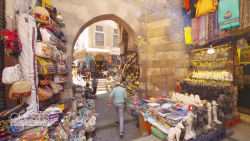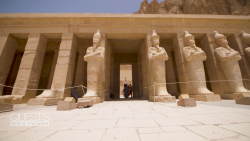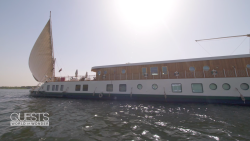There are cities, there are capitals and then there is Cairo.
Chaotic, enchanting and magnificent, the Egyptian capital is awe inspiring and home to a raw energy that’s all its own. A city of a thousand minarets, it has more history, more myths and more oomph than just about anywhere else on the planet.
The challenge is working out the best place to start to try and get under its skin and gain a proper sense of why it’s so very special in the first place.
‘A beautiful mess’
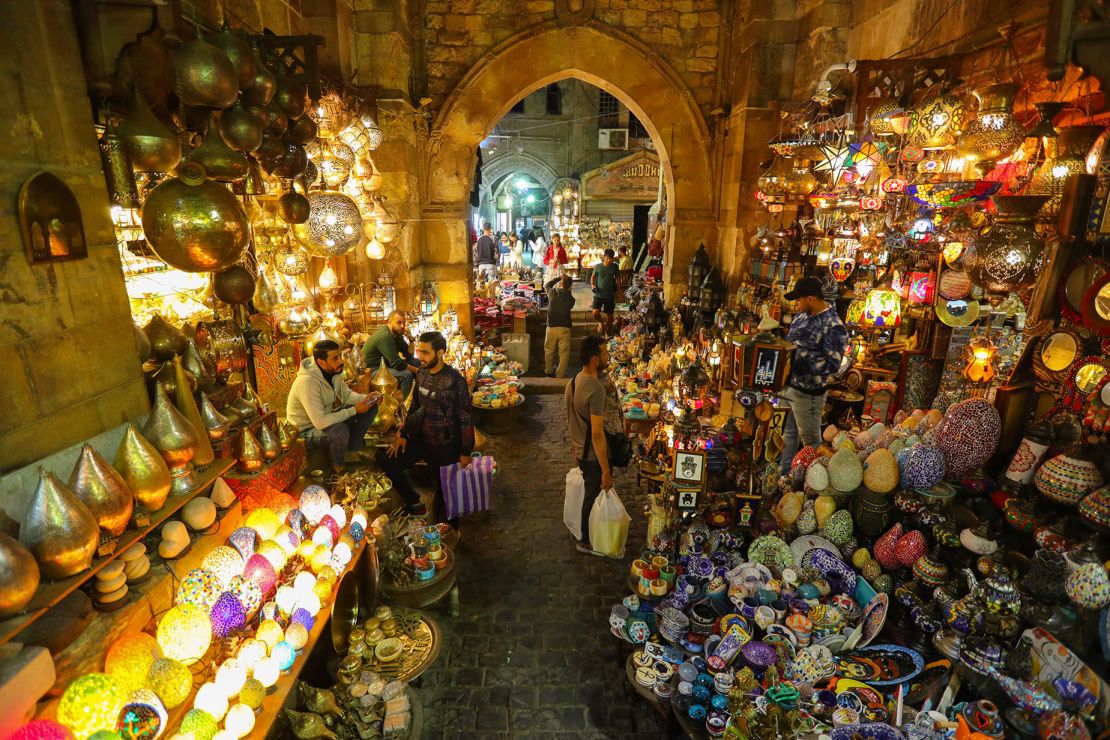
The delights of the sprawling Khan el-Khalili market, which sits at the very heart of Cairo, make it the ideal place to begin any journey through the Egyptian capital.
Here, wide-eyed visitors can haggle for trinkets and get themselves fortified for the day ahead with delicious rice pudding, topped with nuts, fruit and cream. While taking a flaneur’s approach is tempting, it’s even better to allow a local to show you around and give you the inside line.
Photographer Karim El Hayawan is the ideal companion, providing a different perspective and, crucially, helping make the most of ubiquitous camera phones, turning average shots into Instagram-worthy winners.
“It’s beautifully intense. It’s vivid. It’s ever-changing,” says El Hayawan of Cairo. “It’s a beautiful mess. It’s a fabric that keeps weaving itself into this organic… endless tapestry of everyone and everything. It’s inclusive and exclusive at the same time.”
El Hayawan works at the same pace as Cairo itself – rapidly and without pause, reeling off shots while always finding the right picture. It’s a valuable lesson for anyone who comes here – you need to move like lightning in order to get a proper glimpse of how life works on Cairo’s streets.
A world-class museum
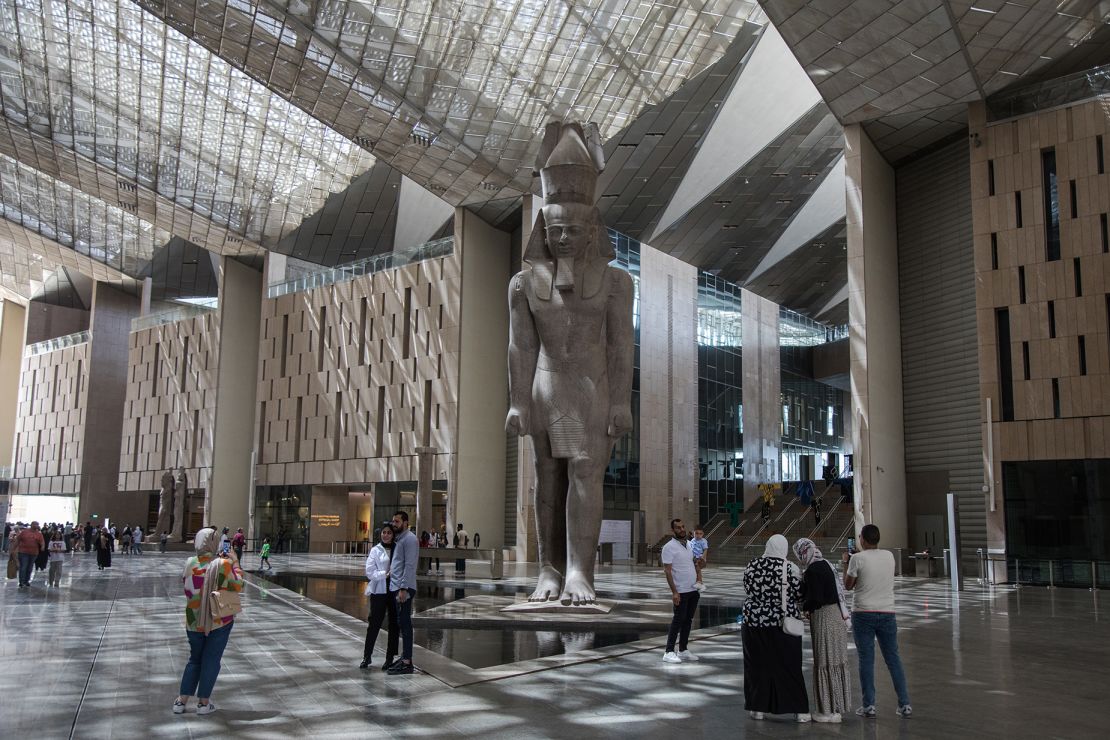
Away from the bustle of central Cairo is something equally, quintessentially Egyptian. Shimmering on the Giza Plateau, against the backdrop of the Pyramids, the Grand Egyptian Museum (GEM) is readying itself to open – finally – at the end of 2023, some 21 years after its foundation stone was laid.
The largest museum in the world, it will house the entire Tutankhamun collection, as well as thousands of artefacts and items that have never been on public display. Some may joke that it’s taken longer to build than the Pyramids themselves, but the wait will undoubtedly be worth it.
Dr. Al-Tayeb Abbas, the GEM’s archaeological affairs manager, explains that it has been a long and arduous process. But it’s worth it. A towering statue of King Ramses II stands in the main atrium, with a nearby window designed to shine light on his face on the day of his birth and coronation. It is nothing short of spectacular.
“We have more than 66,000 artefacts which will be on display for the first time in a single space,” says Abbas. These include the complete collection of items from Tutankhamun’s tomb, including jewelry.
Of course, this magical museum owes its existence to Egypt’s incredible ancient past. And while exploring its seemingly endless rooms is a pleasure, nothing beats getting up close to the real thing. The Pyramids.
It doesn’t matter how many times you’ve seen them. Whether up close or from afar, their size, their history, their mere presence on this earth is a marvel. Perhaps what makes it all the more special is the fact that despite years of archaeological work, we still don’t know how many chambers and tunnels are hidden beneath them.
This is what makes them so fascinating. That, and the unanswerable question: just how did they do it?
Hidden for eternity

The same is true of the epic Valley of the Kings and the city of Luxor, around 400 miles south of Giza.
The magnificence of this place puts it on a par with the Pyramids, especially when considering the treasures that have been discovered here in recent centuries. Many of them, including those of Tutankhamun, will now be housed in the GEM. What’s more, there remain many more to be discovered.
For journalist and author Dr. Betsy Hiel, the Valley of the Kings retains a sense of excitement. Walking around the site, she’s a great source of knowledge, keen to share details that untrained eyes might not pick up on.
“They went from pyramid building to [burial chambers being] hidden away,” she says. “They wanted to be hidden away so that they could live in eternity and not be found.”
While the wishes of some of the pharaohs were thwarted by the boom in archaeology in the 19th and 20th centuries, some remain hidden from view.
Aside from Tutankhamun, one of the finest discoveries in the valley was the tomb of Seti I. The second pharaoh of Egypt’s 19th dynasty, his tomb was found in 1817, some 3,200 years after he was buried.
“He was part of a new military dynasty that was created. And his tomb is the deepest, about 400 feet long,” says Dr. Hiel, who adds that there remain long tunnels where some believe there is still undiscovered treasure.
The complexity of Seti I’s burial chamber is breathtaking. Hiel explains that the coffin would have been set forth on a journey into the underworld with the “Amduat,” an ancient text telling the story of the gods and monsters that reside in the afterlife, written within the tomb as a reference point. It speaks to the sheer advancement of a people who lived and ruled thousands of years ago.
The temple that came back to life
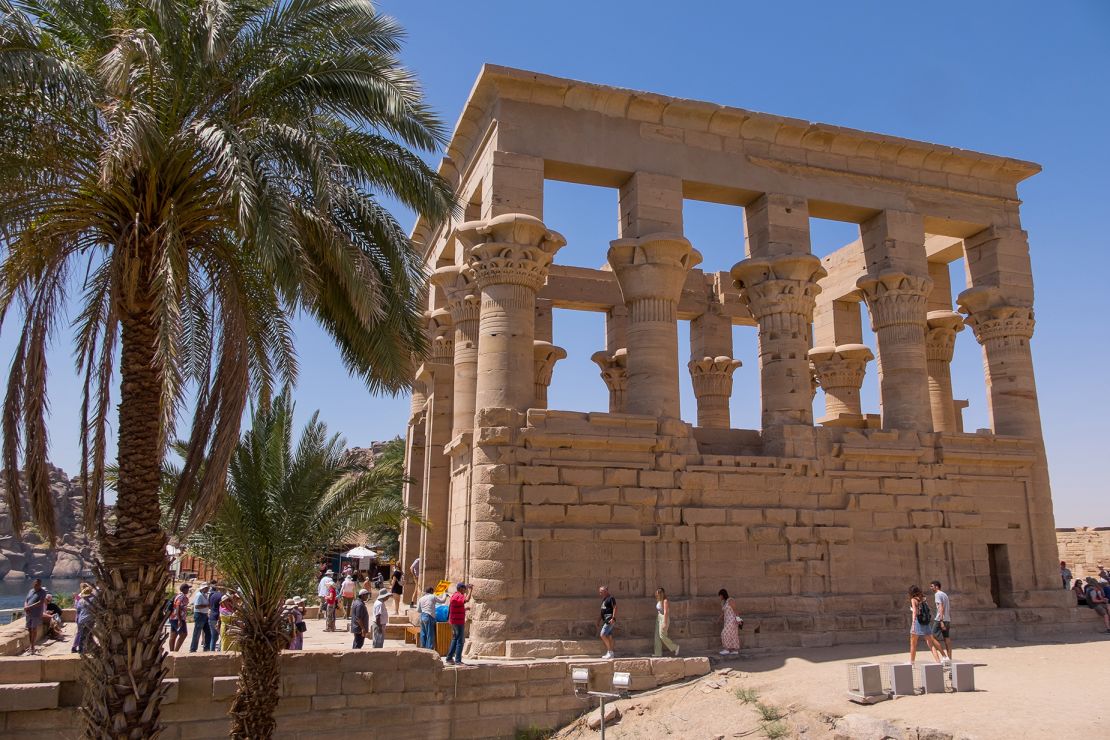
The ancient sites continue as you sail south along the Nile, eschewing the faster pace of Cairo and the modern world for something more sedate. A boat trip is the ideal way to contemplate what a true marvel this part of the world really is.
Close to Aswan, around 140 miles south of Luxor, lies Philae, an ancient temple with an equally amazing modern history.
“Philae used to be on a different island, then it was relocated to protect it from inundation,” says egyptologist Dr. Monica Hanna, who has dedicated her life to archaeology and the preservation of Egypt’s ancient sites.
Speaking on a boat heading across the lake created by the Lower Aswan Dam in the early 20th century, Hanna explains how, in 1960, UNESCO and the Egyptian government began a project to save Philae. It had been inundated following the dam’s completion, leaving the site flooded for most of the year, with precious ancient artefacts in the process of being lost or ruined forever.
In a painstaking operation, they moved the entire complex to a different island: Agilkia.
“[The project] lasted for more than 10 years,” says Hanna. “And archaeologists, architects, Egyptian workmen worked very hard on cutting the puzzle and then putting back the puzzle together.
“They had fantastic discoveries when they dismantled the temple because they found that older blocks from the Sais period were recycled and used in the Greek and the Roman period. So we also found more archaeological data when we dismantled the temple.”
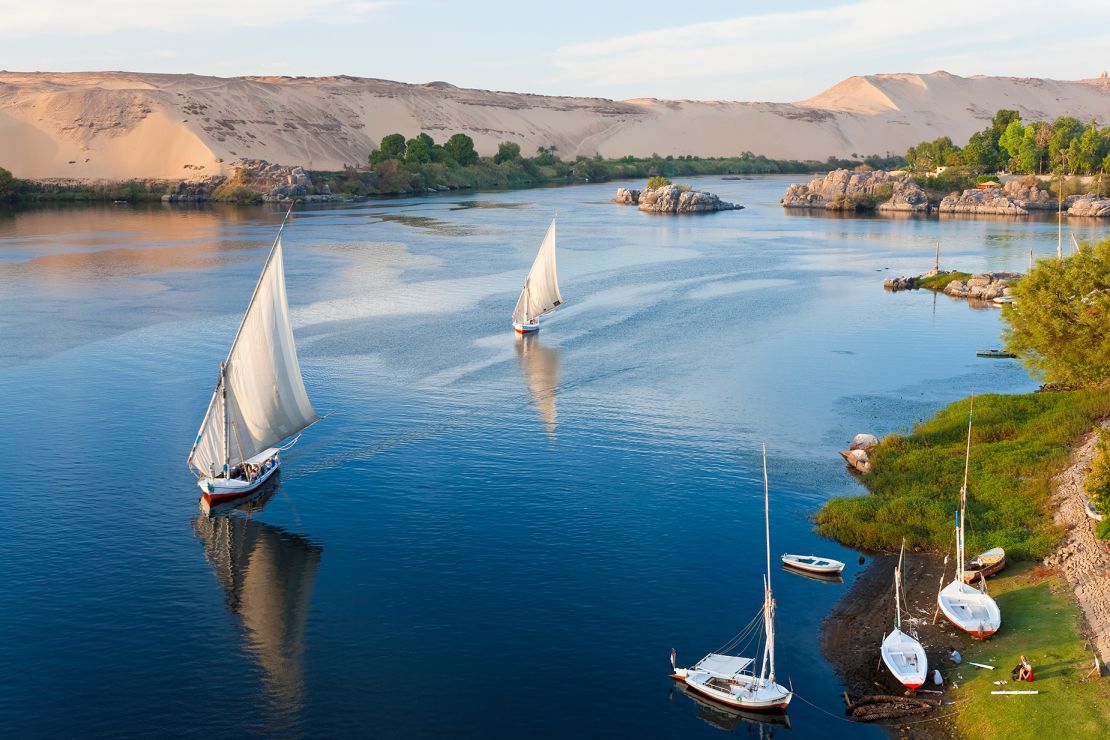
What makes Philae equally fascinating is the fact that it is not a place for the dead, but rather for the day to day life of Egyptians.
“[This] is the realm of the living. People came to the temple of Isis to venerate the goddess. This was the burial place of the God Osiris. And the temple was not just a religious place,” says Hanna, pointing out how people would have lived and worked here too.
Today, Philae is testament to the care and attention of the world’s leading experts in Egyptian history. It stands as it has done for thousands of years – just in a different location.
The story of Philae’s archaeological rebirth is part of the wider story of Egypt, a place that remains a classic for travelers. The gems of the past shine brightly, whether inside the halls of the sparkling new GEM, the Pyramids and here at Philae.
Yet there’s something utterly alluring too about Cairo’s buzz and thrum, unique as it is to this wonderful country. It is and always will be a place for visitors to immerse themselves.

